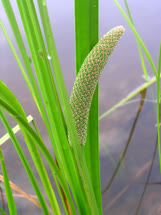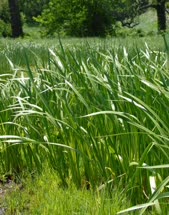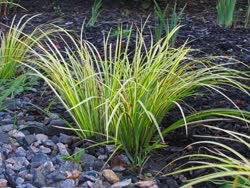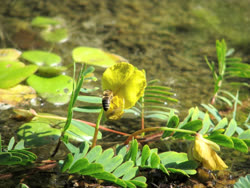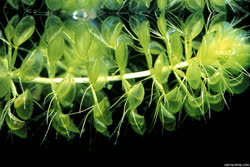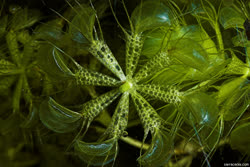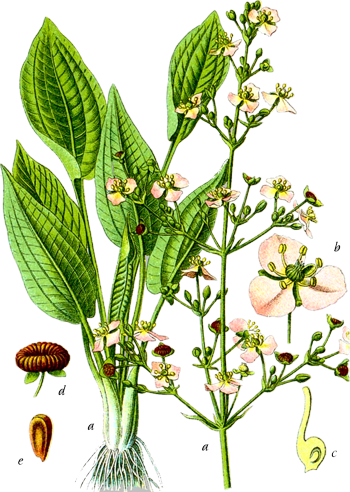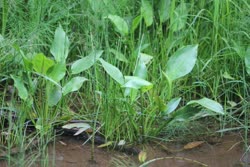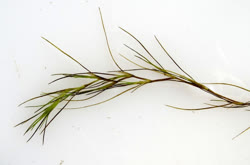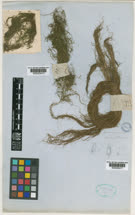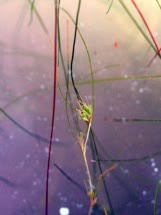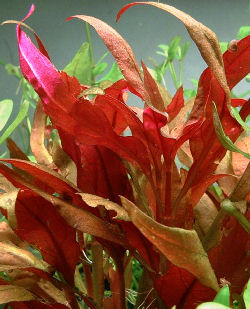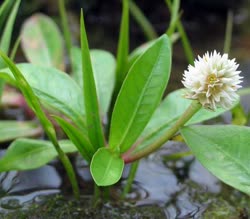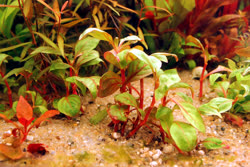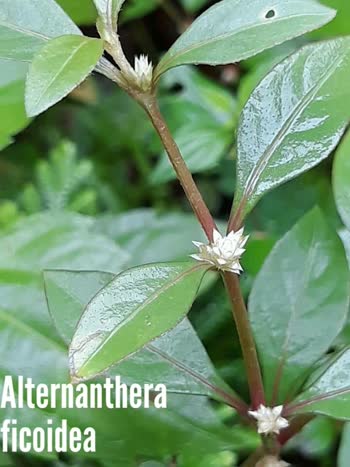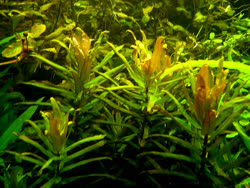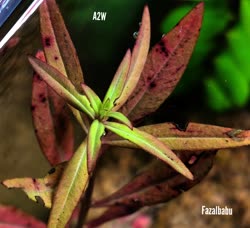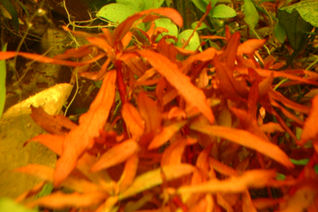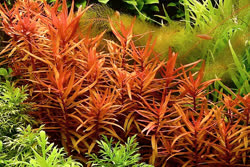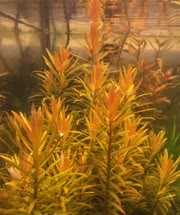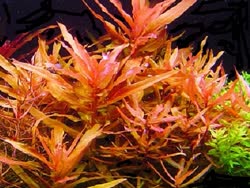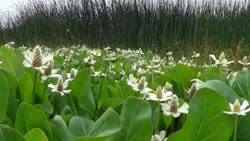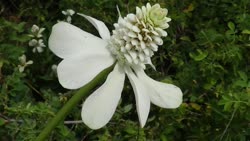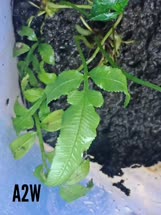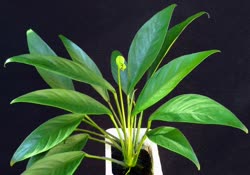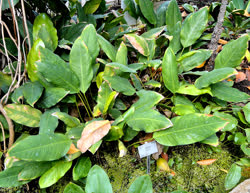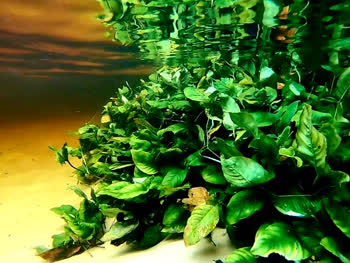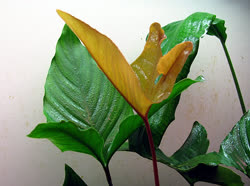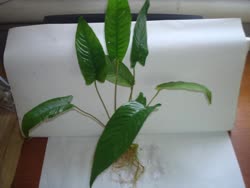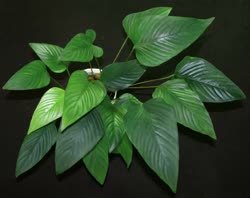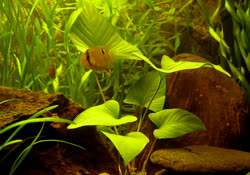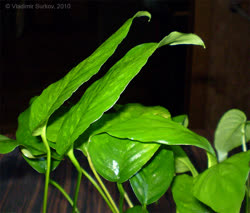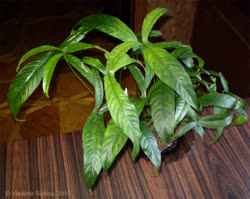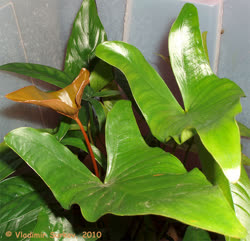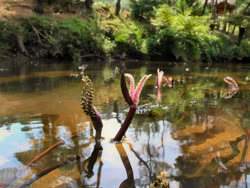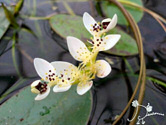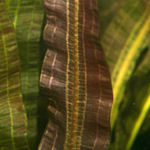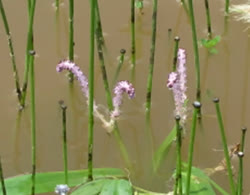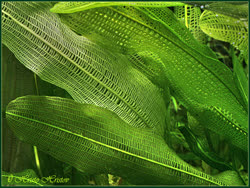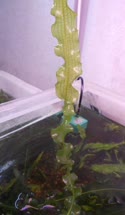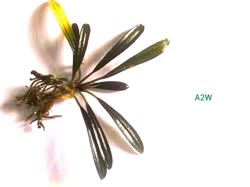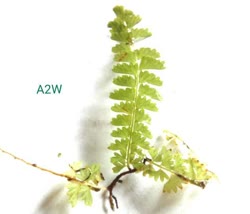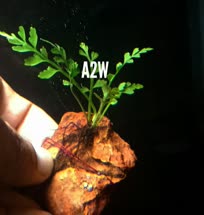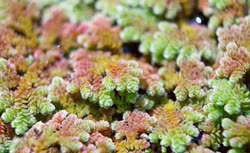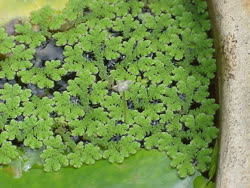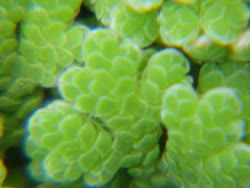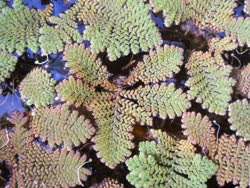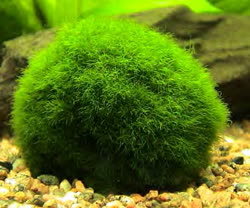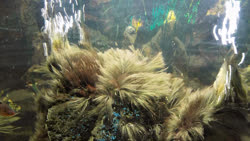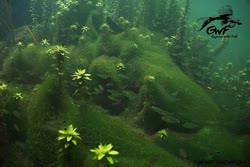|
While this plant looks like a 'radicans' sword plant (Echinodorus cordifolius)it is not... it's an Alisma. E. cordifolius has a Southernly range, and while it is found in the North, only in the USA and not at all here in Canada. As long as I can remember though, aquarists here in Ontario Canada have talked about E. cordifolius growing in Hastings county.
While E. cordifolius does indeed grow in the USA, it's range is restricted to the southern Mississippi drainage, the Eastern seaboard, and spotty locations in Florida. The northernmost limit is the north of Iowa and Illinois. (ref) but has never been found in Canada. When I was a kid I kept hearing that there were 'radicans' sword plant growing in "around Trenton". I actually moved near to there around 1997 (butin a different town than Trenton) and a few years later did indeed see what looked like E. cordifolius growing in the sand at the public beach at Stoco Lake in village of Tweed, in the spring. When it flowered in mid summer, it was obvious that it was Alisma plantago-aquatia and not E. cordifolius. The photo is of the plant I found on the shore of Stoco lake. I have never seen it growing in any other body of water in Hastings county, but by no means have I seen all bodies of water there! Sword plants are in the genus Echinodorus. in the family Alismatida The "radican' sord, that used to be E. radicans is now properly E. cordifolius. Aquarissts still sometimes refer to E. cordifolius as a "radican sword", despite the name change half a century ago. That's what common names are for!the name is now E. cordifolius. |
|
Fresh and marine water bog and swamp plants. |
|
Plants of the genus Aponogeton are strictly emersed and can not live out of water. They evolved in Australia then spread all over the world, fossils have been found in Peru, Labrador and Greenland; then migrated back to Australia, leaving species all the way there and back. Aponogeton distachyos, described in 1792 is the foundation species and exists in the oldest fossils found in Peru, Greenland and Canada. More recent species have smaller and more complex flowers. A. distachyos flowers are sold canned in South Africa where they are one of three ingredients in a regional lamb stew. |
|
The only sure method of distinguishing this species from Azolla filiculoides is to examine the trichomes on the upper surfaces of the leaves. Trichomes are small protuberances that create water resistance. They are unicellular in A. filiculoides but septate (two-celled) in A. cristata |
